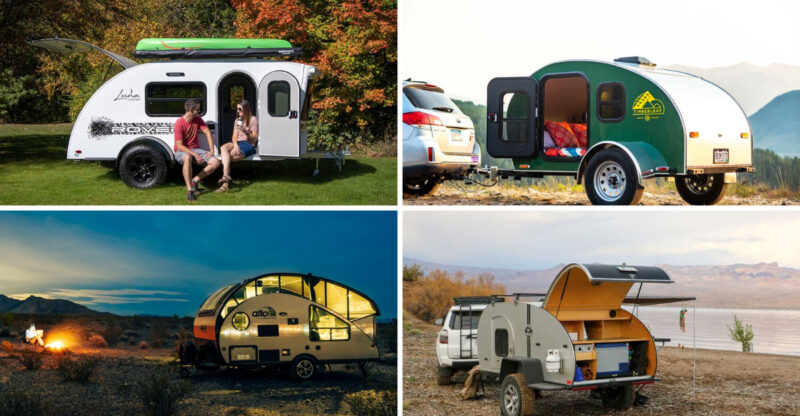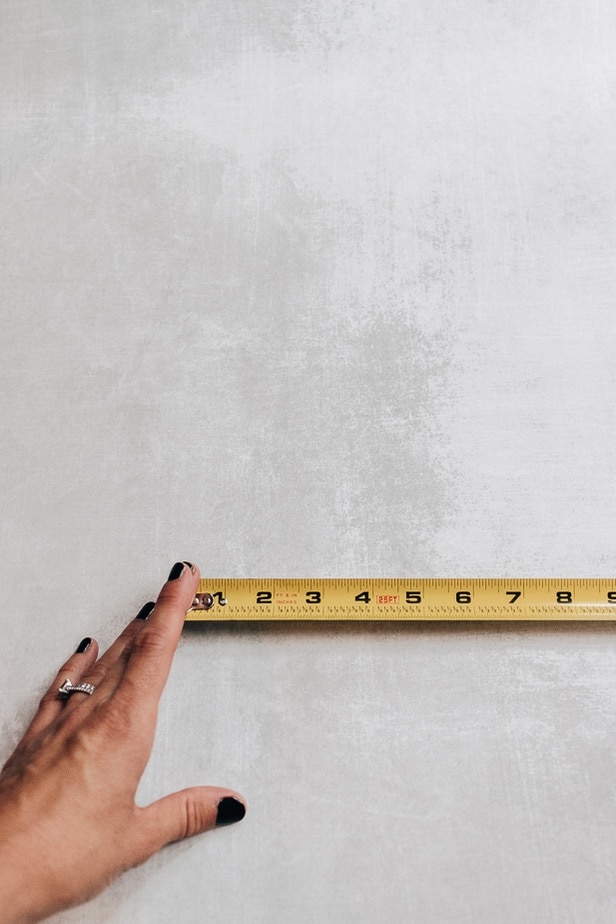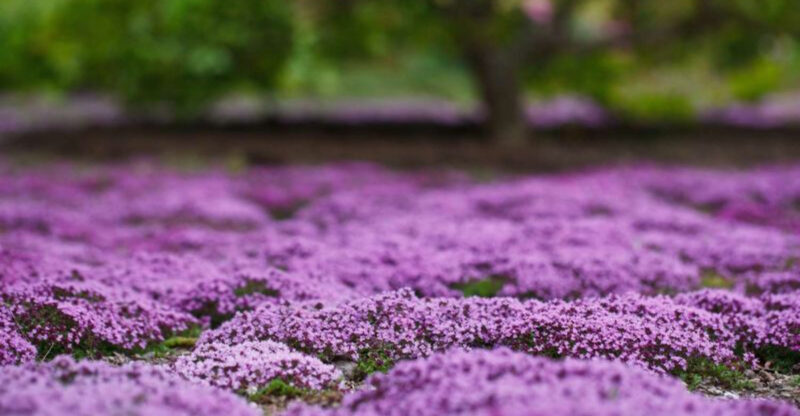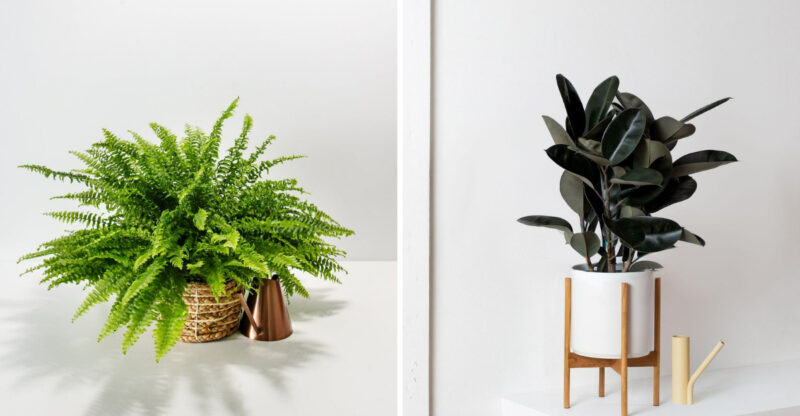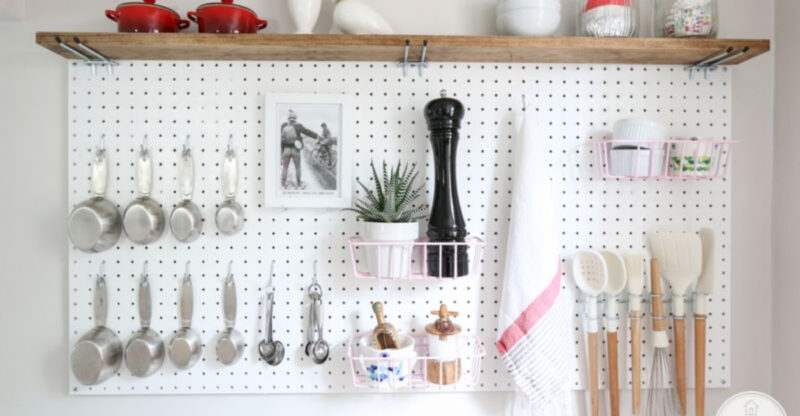Designers Say These 9 Texas Home Styles Won’t Survive Past 2030
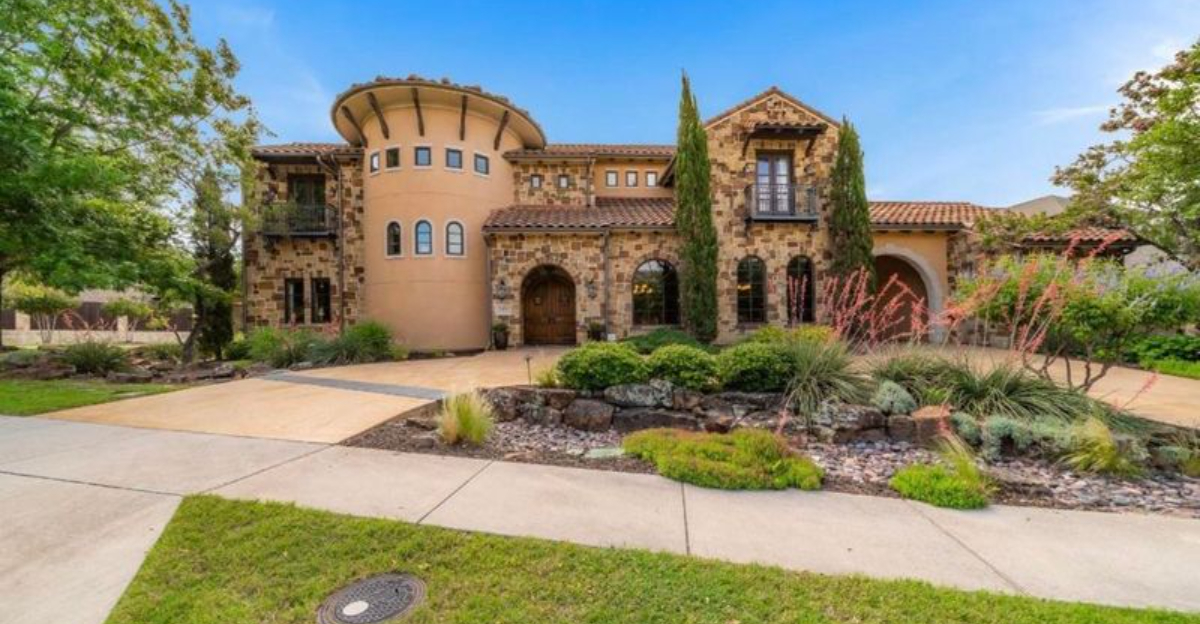
Texas homes have always had a unique architectural identity, blending Southern charm with Western ruggedness. But as design tastes evolve, some once-popular styles are headed for extinction.
After years of working with homeowners across the Lone Star State, certain trends are clearly falling out of favor fast. Here’s a professional forecast of nine Texas home styles that likely won’t make it to 2030.
1. Overly Ornate Mediterranean Revival Homes
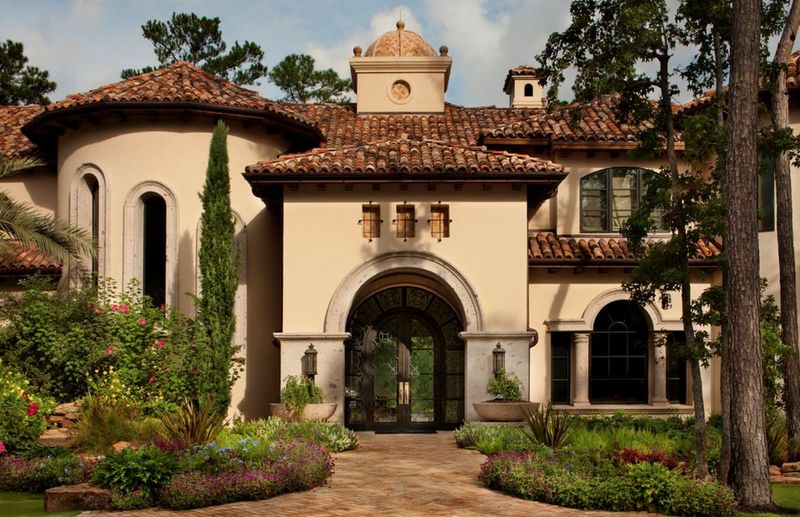
Those Mediterranean Revival houses with excessive columns, arches everywhere, and elaborate tile work are heading toward design oblivion. Though once status symbols, they’ve become the architectural equivalent of wearing three gold watches.
Homeowners are tired of the maintenance nightmare these showpieces create. Cleaning those ornate crevices becomes a full-time job, while the dramatic features make simple renovations impossibly expensive.
Modern Texans want homes that feel luxurious without screaming for attention like a peacock at a chicken farm.
2. Stone-Veneer Suburban Facades
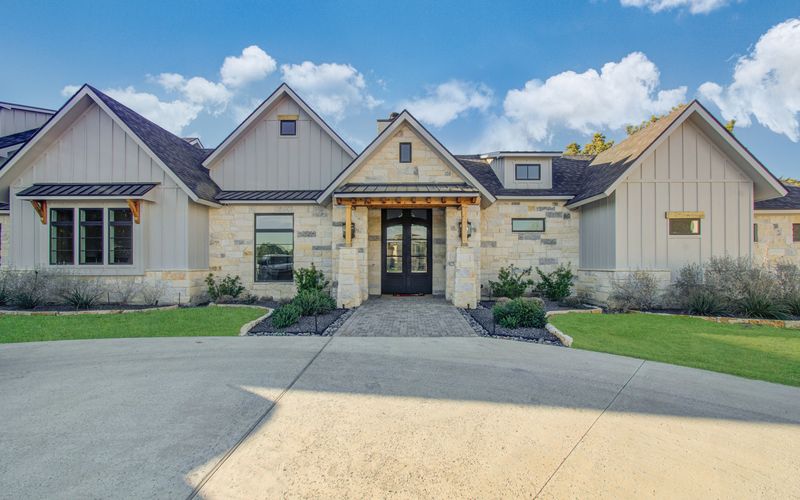
Nothing screams “I’m trying too hard” like those suburban homes with just enough stone veneer slapped on the front to pretend they’re Hill Country estates. Meanwhile, the sides and back remain plain siding, architectural mullets for houses!
This half-hearted commitment to materials creates a visual disconnect that buyers increasingly recognize as inauthentic. The thin veneer often ages poorly, too, with sections fading differently or detaching entirely.
Homeowners now prefer either genuine stone construction or modern designs that honestly embrace contemporary materials.
3. All-Brick Ranch Homes With No Contrast
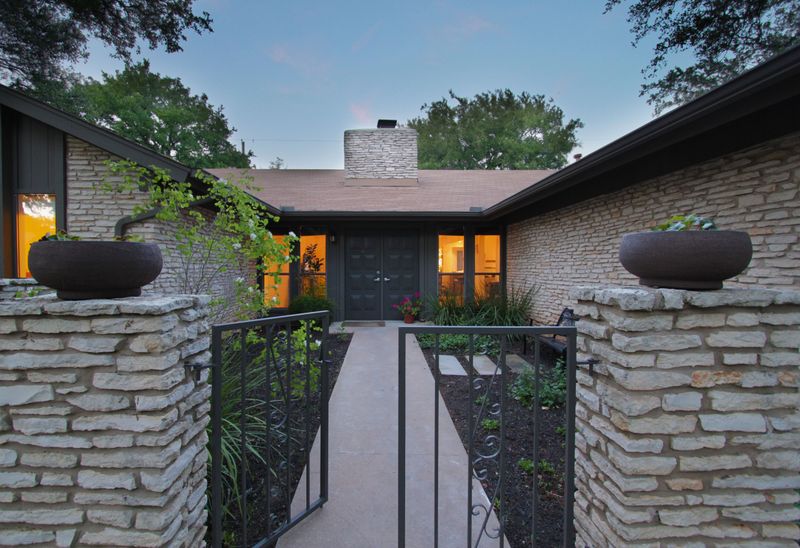
The monolithic brick ranch that dominated Texas neighborhoods for decades is finally losing its grip. These one-note wonders in uniform red or beige brick create street after street of visual monotony.
Without contrasting materials or architectural details, these homes blur together like cattle in a herd. Their low profiles and lack of dimension make them feel dated rather than classic.
Today’s home seekers crave variety through mixed materials, contrasting trim colors, or architectural elements that add visual interest and personal character.
4. Fake Craftsman Details On Production Homes
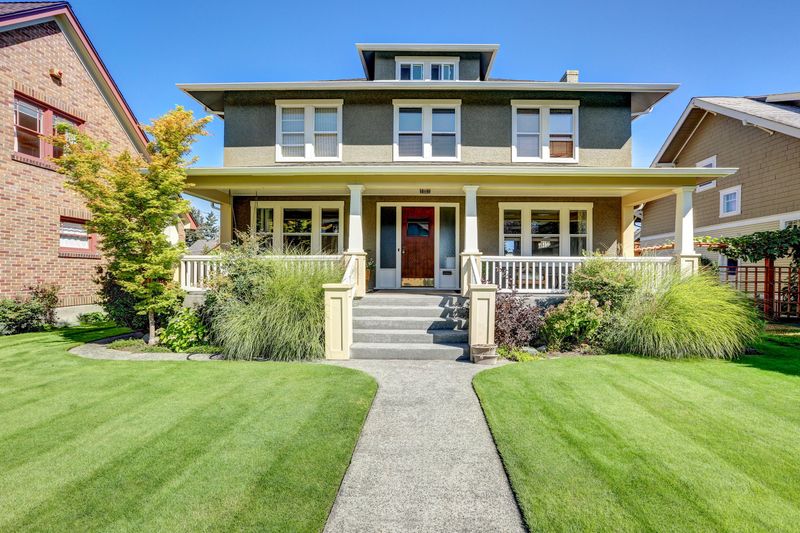
Those mass-produced homes with tacked-on “craftsman” elements are fooling absolutely nobody. Developers slap a few triangular brackets under the eaves, add a token square column or two, and suddenly claim craftsman heritage.
Authentic craftsman homes celebrate handcrafted details and quality materials. These production knockoffs with their plastic details and proportional oddities are the architectural equivalent of a knock-off designer bag.
Home shoppers are becoming more educated about architectural integrity and increasingly reject these hollow imitations.
5. Cookie-Cutter Beige Suburban Styles
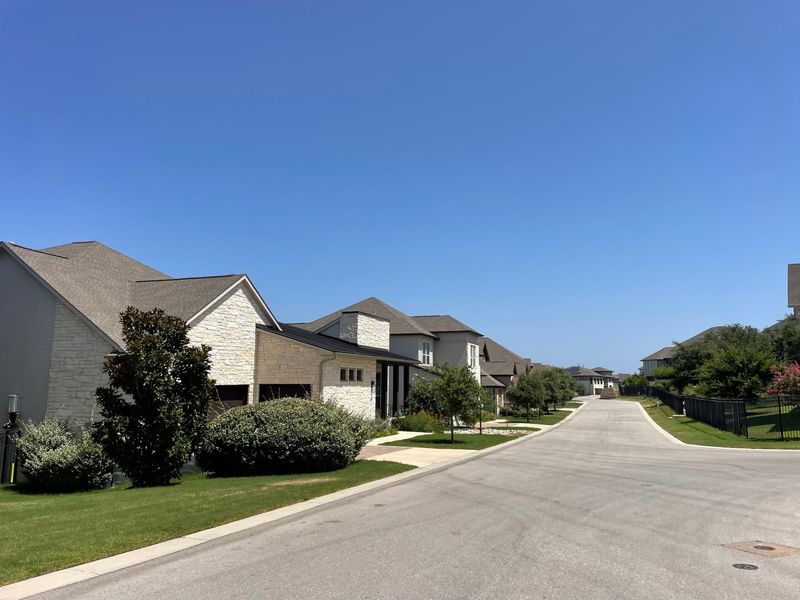
Beige-on-beige-on-beige! These soul-sucking suburban styles with their relentless neutrality are finally losing market share. Walking through these neighborhoods feels like being trapped in a vanilla pudding nightmare.
Beyond the color issues, these homes feature the same floor plans repeated with minor variations, creating communities with zero personality. Even pizza delivery drivers get lost because every house looks identical!
Younger home hunters especially reject this conformity, seeking homes with distinct character and neighborhoods that celebrate architectural diversity.
6. Excessive Faux Shutters That Don’t Function
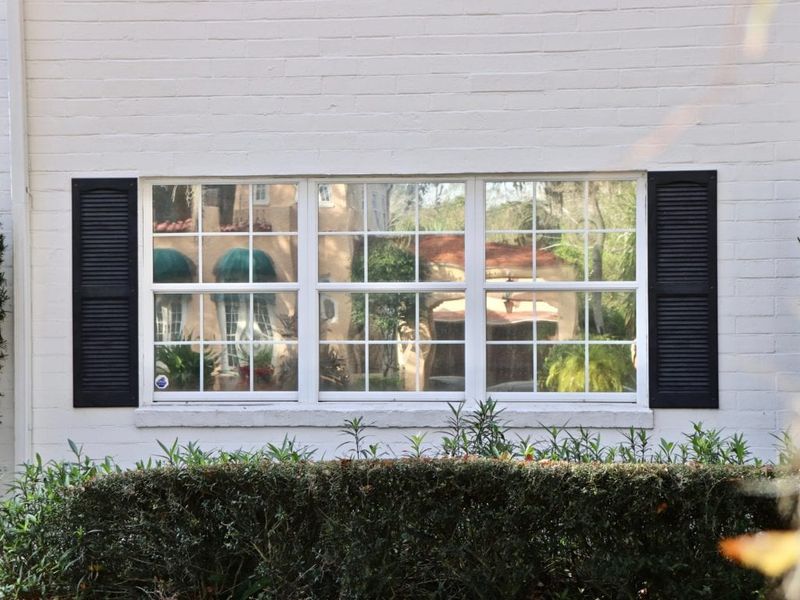
Those skinny, plastic shutters flanking windows they couldn’t possibly cover are the facial tattoos of home design, terrible decisions that seemed good at the time. Often too narrow or incorrectly sized, these decorative imposters make architects weep.
Historically, shutters served actual purposes, protection from weather and security. Today’s faux versions do nothing but collect dirt and fade unevenly in the Texas sun.
Owners are increasingly removing these useless appendages or investing in properly sized, functional shutters that respect architectural integrity.
7. Two-Story Entryways With Oversized Arches
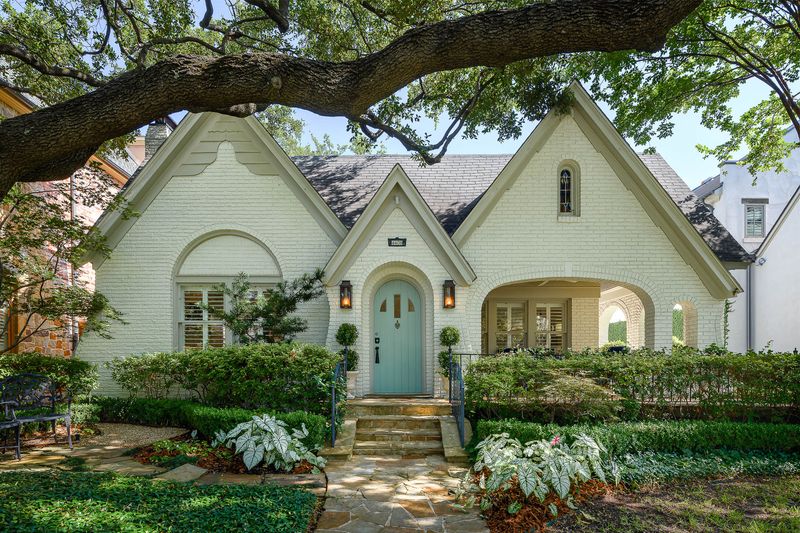
Are those towering two-story entryways really making the impression you think they are, or just wasting square footage and energy? Once considered the height of elegance, these oversized spaces now feel more awkward than awe-inspiring.
Their massive arched windows may have wowed in the ’90s, but today they’re seen as dated energy drains, especially in the Texas heat. Cooling costs climb while comfort plummets.
Many Texas residents are now favoring more grounded, functional entryways. The ones that greet guests with warmth rather than a blast of HVAC inefficiency.
8. Dark Roofs With Poor Heat Reflectivity
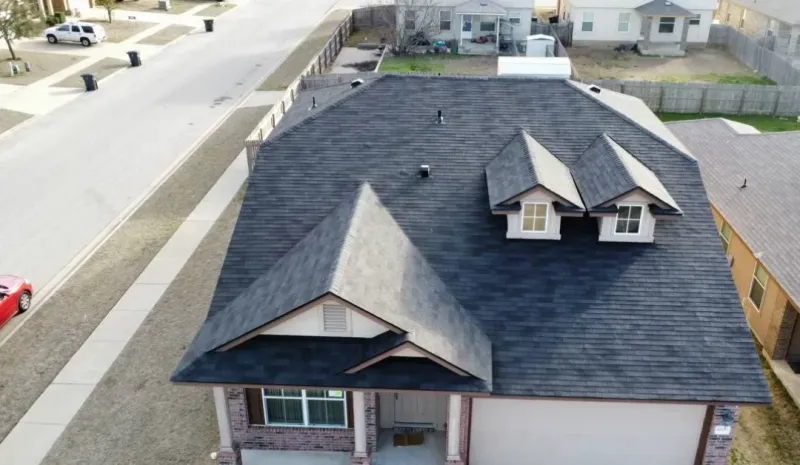
Dark-colored roofs baking under the Texas sun are finally facing extinction as energy consciousness rises. Black and dark brown shingles might look dramatic, but they’re essentially turning homes into solar ovens.
During our scorching summers, these heat-absorbing surfaces can reach temperatures 50–90 degrees higher than ambient air. This forces cooling systems to work overtime, creating utility bills that burn a hole in your pocket.
Forward-thinking Texans are switching to light-colored, reflective roofing materials that can lower attic temperatures by up to 30 degrees.
9. Tuscan-Inspired Stucco McMansions
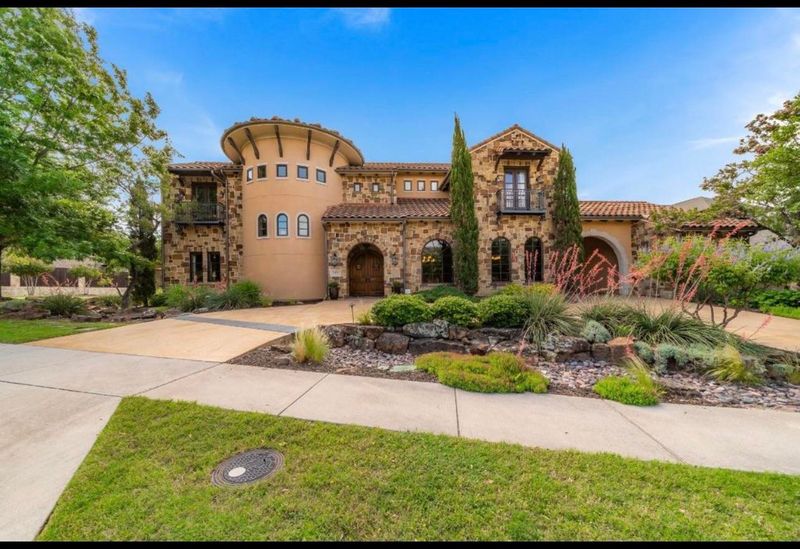
Remember when everyone wanted their home to look like a villa in the Italian countryside? Those faux-Tuscan monstrosities with ochre stucco, heavy iron details, and random stone accents are finally losing their appeal.
The problem isn’t just their disconnection from Texas landscapes. These homes require excessive maintenance in our climate, with stucco cracking under temperature fluctuations and ornate details collecting dust faster than you can say “arrivederci.”
Home seekers now prefer authentic regional designs that actually make sense for our environment and lifestyle.

